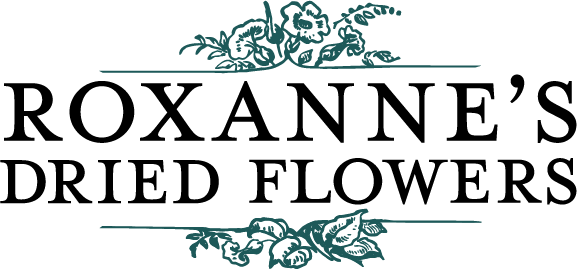
Time of Terrarium
The art of terraria was first popularized during the Victorian era. Glass enclosed gardening trended specifically in England, with home gardeners fascinated by the growing green worlds. Among terrarium types, there are two: closed and open. Closed is more suitable for humid and water loving plants, while open is recommended for more temperate plants. Gather a few essential materials and follow these simple steps to create your own terrarium world. Not so into DIY? Let us create one for you or check out our online selection of pre-made terrariums available for curbside pickup.

Choosing A Vessel
When selecting a container for your terrarium, keep in mind the plants you wish to grow. If a world of ferns piques your interest, a closed vessel works best. Though ferns can grow within open terrariums, the mystique of an enclosed fern garden is undeniable. For growing sun-loving succulents, an open terrarium works best. The open vessel allows for excess water to dry and heat to release from the full sun exposure.

Material
Once your vessel is chosen, it’s time to gather a few essential supplies:
Charcoal
Charcoal helps to stimulate air circulation within the root systems of the terrarium plants. This also works as a natural cleaner and purifier for the base of the vessel.
Stones
Stones create drainage within the terrarium. Drainage is important for the health of the plants, as root rot will occur without it. Make sure to give your stones a rinse before using, as they may carry extra debris and dust.
Soil
Regular potting soil is great for terrarium planting. Mix 1 part sand to 1 part soil for succulent terrariums.
Gardening Tools
Long, skinny tools are especially useful for vessels with narrow openings. An extendable shovel, tweezers, funnel, and even chopsticks will all be handy for planting.
Plants
The most important element! Make sure your plants align with the environment of your chosen vessel. Remember, closed vessels for water and humidity loving plants and open vessels for more temperate, full sun loving plants. Choose plants that vary in color and leaf size/shape for more visual interest.
Natural Elements
Decorate your terrarium with rocks, crystals, or branches. Avoid overcrowding by selecting just a few special pieces.

Assemblage
Start with a base of charcoal a few inches deep. Then a layer of stones, which can be straight across or used as a design element and vary in height. The layer of soil should be the deepest, allowing for optimal root growth. When working with a narrow opening, use a funnel for getting material into the vessel and long skinny tools for plant placement. Lastly, place ornamental elements atop the soil amongst the plants.

Care
Plants that thrive in a closed terrarium need bright diffused light and a moist environment. Water to the top of the stone layer and let be, the water will circulate within the terrarium. Once there is no water condensation on the vessel walls, it’ll be time for another water. Make sure to take the lid off a few hours once a week for airflow. For an open, succulent based terrarium, place in full sun and let the terrarium dry out in between waterings. The easiest way to kill succulents is by overwatering, so do wait til the soil is dry. When leaves look deflated or wrinkly you’re due for a water. If your vessel gets overcrowded with plant growth, prune plants back for the desired look. Remove expired plants and replace with new specimens.





